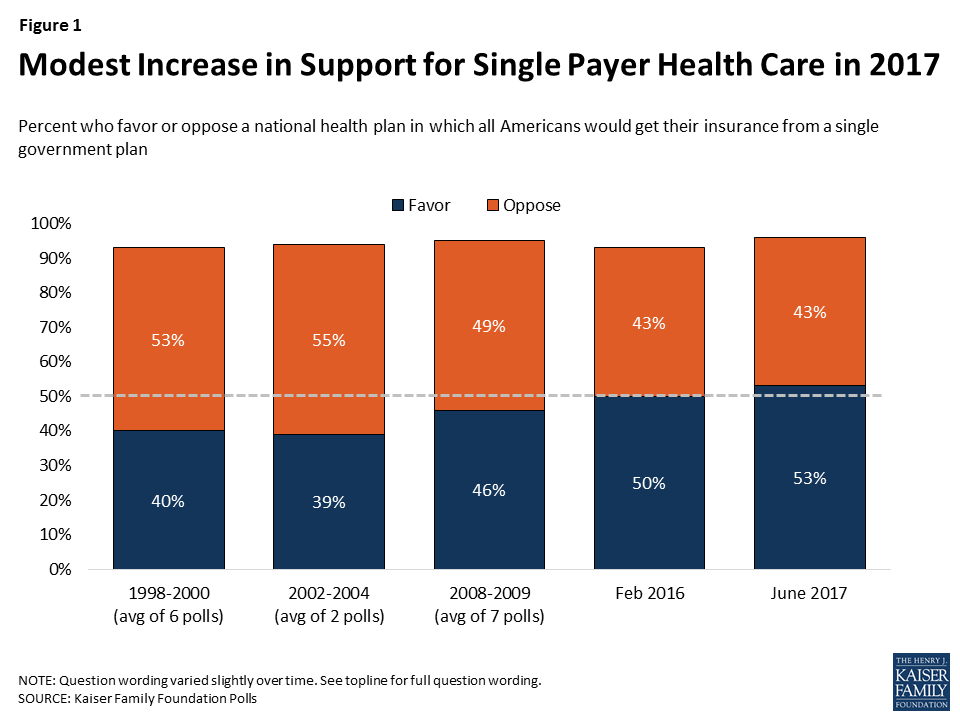This is based on risk pooling. The social medical insurance design is likewise referred to as the Bismarck Model, after Chancellor Otto von Bismarck, who presented the first universal health care system in Germany in the 19th century. The funds generally contract with a mix of public and private service providers for the arrangement of a defined advantage bundle.
Within social health insurance, a number of functions may be executed by parastatal or non-governmental illness funds, or in a few cases, by personal medical insurance companies. Social medical insurance is utilized in a number of Western European nations and progressively in Eastern Europe along with in Israel and Japan.
Private insurance consists of policies sold by industrial for-profit companies, non-profit business and community health insurance providers. Usually, personal insurance coverage is voluntary in contrast to social insurance programs, which tend to be compulsory. In some countries with universal coverage, private insurance often excludes specific health conditions that are expensive and the state health care system can supply coverage.
In the United States, dialysis treatment for end stage kidney failure is normally spent for by federal government and not by the insurance coverage market. Those with privatized Medicare (Medicare Benefit) are the exception and needs to get their dialysis spent for through their insurance provider. http://raymondkncz627.raidersfanteamshop.com/how-much-money-does-a-care-coordinator-make-working-at-deschutes-county-health-services-can-be-fun-for-everyone Nevertheless, those with end-stage kidney failure typically can not purchase Medicare Advantage strategies - what home health care is covered by medicare.
The Preparation Commission of India has also suggested that the country ought to embrace insurance to accomplish universal Mental Health Doctor health coverage. General tax revenue is presently utilized to satisfy the necessary health requirements of all people. A particular kind of personal medical insurance that has frequently emerged, if monetary risk security mechanisms have just a minimal effect, is community-based medical insurance.
Contributions are not risk-related and there is normally a high level of community participation in the running of these plans. Universal health care systems Find more info vary according to the degree of federal government involvement in supplying care or health insurance. In some nations, such as Canada, the UK, Spain, Italy, Australia, and the Nordic nations, the government has a high degree of involvement in the commissioning or shipment of healthcare services and access is based on house rights, not on the purchase of insurance.
Often, the health funds are stemmed from a mix of insurance coverage premiums, salary-related compulsory contributions by workers or employers to controlled illness funds, and by federal government taxes. These insurance coverage based systems tend to reimburse private or public medical service providers, typically at greatly regulated rates, through shared or publicly owned medical insurance companies.
All about What Might Happen If The Federal Government Makes Cuts To Health Care Spending?
Universal healthcare is a broad concept that has actually been carried out in a number of methods. The common measure for all such programs is some type of federal government action focused on extending access to healthcare as extensively as possible and setting minimum requirements. The majority of execute universal healthcare through legislation, guideline, and tax.
Typically, some expenses are borne by the client at the time of consumption, however the bulk of costs originated from a combination of required insurance and tax incomes. Some programs are spent for entirely out of tax revenues. In others, tax revenues are utilized either to fund insurance for the extremely bad or for those requiring long-lasting chronic care.
This is a method of organising the delivery, and designating resources, of health care (and possibly social care) based on populations in a provided geography with a typical need (such as asthma, end of life, immediate care). Rather than concentrate on organizations such as health centers, primary care, neighborhood care and so on the system concentrates on the population with a common as a whole.
where there is health inequity). This technique encourages incorporated care and a more reliable use of resources. The United Kingdom National Audit Office in 2003 released a global comparison of ten various health care systems in 10 established nations, 9 universal systems versus one non-universal system (the United States), and their relative costs and key health outcomes.

In many cases, government participation also consists of directly managing the healthcare system, but lots of nations utilize mixed public-private systems to provide universal health care. World Health Organization (November 22, 2010). Geneva: World Health Company. ISBN 978-92-4-156402-1. Obtained April 11, 2012. " Universal health coverage (UHC)". Retrieved November 30, 2016. Matheson, Don * (January 1, 2015).
International Journal of Health Policy and Management. 4 (1 ): 4951. doi:10.15171/ ijhpm. 2015.09. PMC. PMID 25584354. Abiiro, Gilbert Abotisem; De Allegri, Manuela (July 4, 2015). " Universal health protection from several point of views: a synthesis of conceptual literature and international disputes". BMC International Health and Human Being Rights. 15: 17. doi:10.1186/ s12914-015-0056-9. ISSN 1472-698X.

PMID 26141806. " Universal health coverage (UHC)". World Health Company. December 12, 2016. Recovered September 14, 2017. Rowland, Diane; Telyukov, Alexandre V. (Fall 1991). " Soviet Healthcare From Two Perspectives" (PDF). Health Affairs. 10 (3 ): 7186. doi:10.1377/ hlthaff. 10.3.71. PMID 1748393. "OECD Reviews of Health Systems OECD Reviews of Health Systems: Russian Federation 2012": 38.
8 Simple Techniques For Which Of The Following Is A Trend In Modern Health Care Across Industrialized Nations?
" Social welfare; Social security; Benefits in kind; National health schemes". The new Encyclopdia Britannica (15th ed.). Chicago: Encyclopdia Britannica. ISBN 978-0-85229-443-7. Retrieved September 30, 2013. Richards, Raymond (1993 ). " 2 Social Security Acts". Closing the door to destitution: the shaping of the Social Security Acts of the United States and New Zealand.
p. 14. ISBN 978-0-271-02665-7. Recovered March 11, 2013. Mein Smith, Philippa (2012 ). " Making New Zealand 19301949". A succinct history of New Zealand (2nd ed.). Cambridge: Cambridge University Press. pp. 16465. ISBN 978-1-107-40217-1. Recovered March 11, 2013. Serner, Uncas (1980 ). "Swedish health legislation: turning points in reorganisation because 1945". In Heidenheimer, Arnold J.; Elvander, Nils; Hultn, Charly (eds.).
New York: St. Martin's Press. p. 103. ISBN 978-0-312-71627-1. Universal and thorough health insurance was discussed at intervals all through the 2nd World War, and in 1946 such a costs was enacted Parliament. For monetary and other factors, its promulgation was postponed up until 1955, at which time protection was encompassed include drugs and sickness compensation, also.
( September 1, 2004). " The developmental well-being state in Scandinavia: lessons to the establishing world". Geneva: United Nations Research Institute for Social Development. p. 7. Obtained March 11, 2013. Evang, Karl (1970 ). Health services in Norway. English variation by Dorothy Burton Skrdal (3rd ed.). Oslo: Norwegian Joint Committee on International Social Policy.
23. OCLC 141033. Considering that 2 July 1956 the entire population of Norway has been consisted of under the obligatory health national insurance program. Gannik, Dorte; Holst, Erik; Wagner, Mardsen (1976 ). "Main health care". The nationwide health system in Denmark. Bethesda: National Institutes of Health. pp. 4344. hdl:2027/ pur1.32754081249264. Alestalo, Matti; Uusitalo, Hannu (1987 ).
In Plants, Peter (ed.). Growth to limits: the Western European welfare states considering that The second world war, Vol. 4 Appendix (synopses, bibliographies, tables). Berlin: Walter de Gruyter. pp. 13740. ISBN 978-3-11-011133-0. Recovered March 11, 2013. Taylor, Malcolm G. (1990 ). "Saskatchewan medical care insurance". Insuring nationwide health care: the Canadian experience. Chapel Hill: University of North Carolina Press.
96130. ISBN 978-0-8078-1934-0. Maioni, Antonia (1998 ). " The 1960s: the political fight". Parting at the crossroads: the development of medical insurance in the United States and Canada. Princeton: Princeton University Press. pp. 12122. ISBN 978-0-691-05796-5. Retrieved September 30, 2013. Kaser, Michael (1976 ). "The USSR". Health care in the Soviet Union and Eastern Europe.